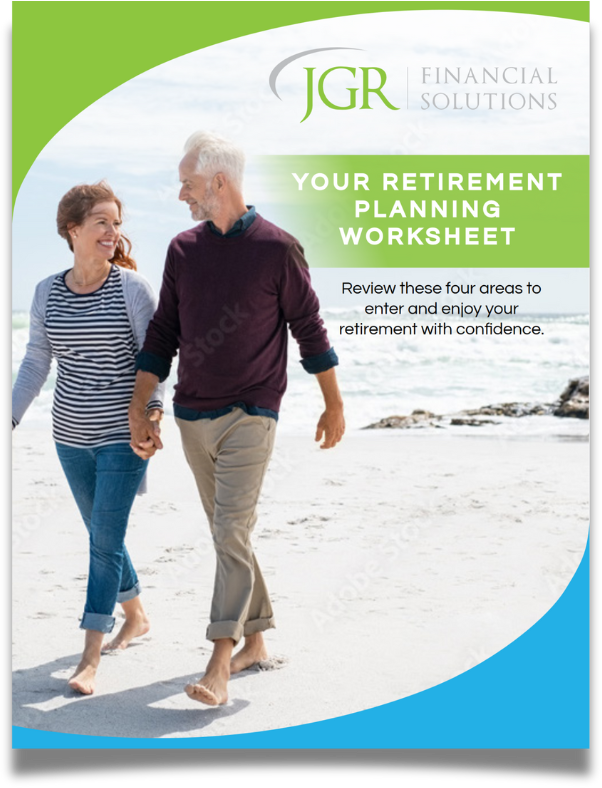For many, retirement is a time for relaxation and enjoying life, but managing your money wisely is key to a worry-free future. One way a retiree should keep their finances in tune is through something called “portfolio rebalancing.” Let’s dive into what this is all about and why it’s a handy tool for a secure and happy retirement.
Understanding Portfolio Rebalancing: Keeping Your Money Mix Just Right
Think of your retirement savings as a mix of different things – stocks, bonds, and maybe some cash. Portfolio rebalancing is like adjusting the volume on each of these components to make sure they all play nicely together. It’s about keeping your money mix just right so that your investments work together to meet your financial goals.
The Rebalancing Act: Bringing Your Money Back in Line
Imagine you decided to put 60% of your money in stocks and 40% in bonds when you first set up your retirement plan. As time goes on, the stock market might do really well, making up 70% of your savings, while bonds lag behind at 30%. Portfolio rebalancing steps in like a financial superhero, helping you bring that mix back to your original plan.
Here’s how it works: if stocks are taking up too much space, you sell a bit of them. The money you get from selling gets invested in the assets that need a boost, like bonds. It’s like making sure all your instruments in the financial orchestra are playing in harmony.
Why Rebalance? Managing Risks and Getting the Best Bang for Your Buck
Now, let’s talk about why rebalancing is essential. It’s like having a shield for your money. If one part of your savings, like stocks, gets too powerful, it can be risky. Imagine a seesaw where one side is too heavy – it’s more likely to swing wildly. Rebalancing helps you distribute the weight, making your financial seesaw more stable.
Another benefit of rebalancing is that it follows the “buy low, sell high” rule. When you sell some of the investments that are doing really well, like stocks, and put that money into others that aren’t doing as great, you’re essentially buying low and selling high. This savvy move can potentially boost your long-term returns.
Playing the Long Game: Staying Calm in a Rollercoaster Market
Retirement is a marathon, not a sprint and the beauty of portfolio rebalancing is that it keeps you on track for the long haul. Instead of reacting to every up and down in the stock market, rebalancing helps you stick to a plan. This way, you’re not letting short-term market bumps stress you out.
How Often Should You Rebalance Your Portfolio?
Now, let’s keep it practical. How often should you rebalance your portfolio? It depends on what feels right for you. Some retirees should rebalance their portfolio once a year, like a financial check-up. Others might tweak things when the mix gets too far off from the original plan. The key is finding the right balance – not rebalancing so much that it costs you a lot in fees (this is one reason I tend to prefer low-cost, no fee exchange traded funds), but not neglecting it either.
Conclusion: A Simple Symphony for Your Retirement Finances
In the grand symphony of retirement planning, portfolio rebalancing is your conductor’s baton, guiding your money towards a harmonious future. It’s not about getting everything perfect all the time; it’s about making small adjustments to keep your financial orchestra playing sweetly. So, for a serene and prosperous retirement, consider giving portfolio rebalancing a standing ovation – your future self will thank you for the well-tuned performance.


